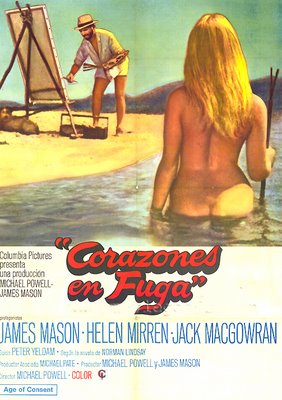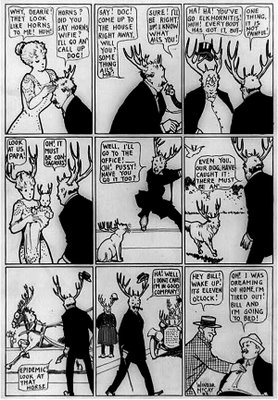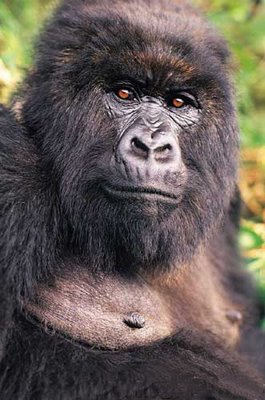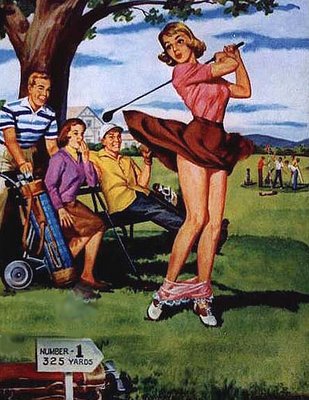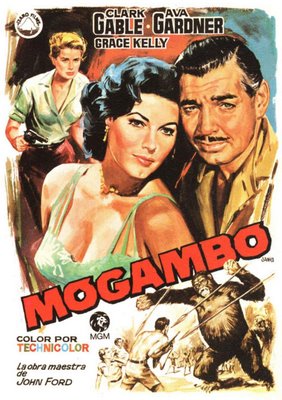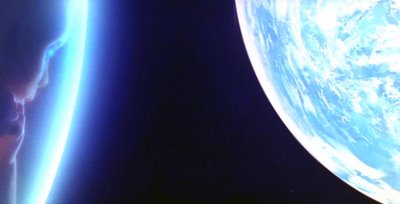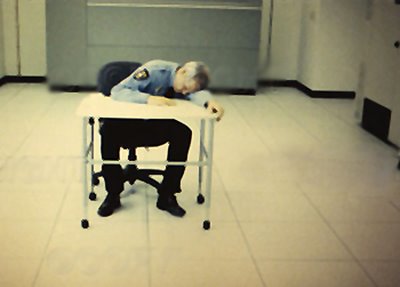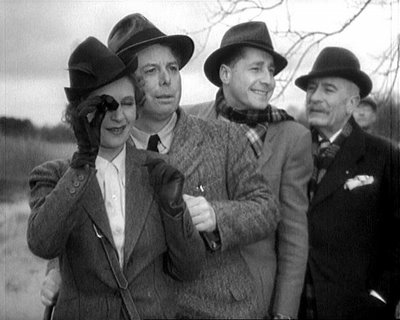
(aka: "How a Saturday afternoon became consumed by crashing computers, lost blog entries, and a final confrontation with my sub/urban rock & roll youth and its depressing but show-me-something-better-that's-come-along-since inconography")
Speaking of parallel paths, I'd like to draw a direct comparison between Times Square in Manhattan and the rock band The Rolling Stones with regards to their rise and fall over time. To help illustrate this juxtaposition, there's a handy timeline for Times Square
here and one for the Stones
here.
On January 20, 1904 (103 years ago today) a cornerstone was laid on the corner of 43rd Street and Broadway for an ultra-modern building that would house the new towering offices of
The New York Times. What had been known as Longacre Square was officially renamed Times Square on April 18, 1904. On July 26th and December 18th of that year, respectively,
Michael Philip Jagger and
Keith Richard (the "s" was added later) were born somewhere in England. The first sprang from the union of a peacock and a pipecleaner, the second from a crocodile and a bottle of rum.
Over the next sixty years Times Square saw increasingly hard times as major businesses left the city for the cheaper suburbs. Their departure created a vacuum that sucked in all manner of scabrous and sinful lowlives. A seemingly endless array of porn theaters and sex shops and massage parlors spread across the area like so many fishes and loaves. Buildings fell into serious disrepair, and remained standing only because of the unconscious junkies and winos jammed into their door and alleyways. Meanwhile in England, there was a similar gray and depraved palor that characterized the urban centers, one of which was where a strangely youthful Jagger and Richards began strumming guitars and making devil music with
Brian Jones and some other longhairs.
By the mid 1960s Times Square had "spiraled downward from a place of cheap thrills to one of total debasement." The police, aka "The Fuzz" could not keep up with the crime and violence of the seedy neighborhood. Meanwhile in 1964, "(I Can't Get No) Satisfaction" became the first number one song to feature the
fuzz guitar effect that would come to dominate rock music for the next thirty years. The Rolling Stones were quickly becoming known as "not the Beatles" as in, not cuddly or cute, but a preening, marauding band of sex pirates come up from the underworld straight into your daughter's underpants. They were on a mission to destroy authority and corrupt youth with all the booze and pills and powders and black magic in the book. Marketing ploy or not, in the latter half of the 60s they would make some of the most compelling and sweetly satanic music the world had ever tasted. It was as if the band were in lock step with the horrific grit and grizzle of Times Square, they fed off of the urban depravity all around us and spun it into the soundtrack of our lives. When a young fan was stabbed and killed by one of the Hell’s Angeles hired to run security at the Stone’s free concert in
Altamont California in Dcember of 1969, it was as though the die were cast for the decade to come.
By the 1970s there was not a trace of pride or romance left in Times Square. The place was abandoned – a stinking hellhole left to suffocate in its own fetid and pathological sauce. I remember this version well from my youth (more early 80s actually, but well before the cleanup). The images flicker: A drunk extracts all the money from my wallet with the promise of being able to see a naked woman behind a locked door. I bought a homeless man a harmonica. He wanted one. Who was I to say no? I am sitting between two giant stacks of watermelons on a hot summer day watching the police arrest a young hooker. How could I, a sheltered pair of eyes who grew up around trees and open fields, not be fascinated and drawn into this parallel rotting universe? The decay was so indisputably real and alive, and somehow even beautiful in its honest portrayal of the basest notes of the human condition. Strange educations will find us.
The 70s was a decade full of magnificent bottom notes for the Stones as well. Wealthy and famous, holed up in foreign castles, on the run from taxmen and drug pushers, indulging in carnal pleasures that made Roman orgies look like May pole dances, and exploring new creative frontiers from the depths of their uncensored excess and debauchery, the band was also making some searingly
brilliant and
possessed music. Music that could only be borne of their collective descent into the shit and garbage covered seabed. And just as some covet the sweet meat of bottom-feeding crustacea, so too did global youth devour the Stones’ dirty messages. They were bad for you and you liked it.
Much of this response had to do with Richards firm control over the band’s creative output. He wanted the blues, but he overshot them and took us into the blacks. But as his self-abuse rendered him increasingly incoherent and
horizontal, it was Jagger, another London School of Economics enrollee, who reclaimed the reigns. His first mandate was to get the band out of bell-bottoms and into spandex. Disco was in the air and Jagger was determined to hear himself on the dance floor at Studio 54. It was a bold move, not without its moments, but not without its embarrassments either. Like two ships passing in the night the power shift from Richards’ journeyman to Jagger’s businessman created an intensity that would produce their last great (and disco-free) album: “
Tatoo You” (side two of which remains one of the great end-of-summer lazy afternoon stretches of so-called rock music).
The rest of the story, the parallel paths of Times Square and The Rolling Stones are not worth going into at length. With the dawn of the 80s came the death of John Lennon, the loss of creative vision, and the ascent of shoulderpads and Reagonomics. The band and the square both became brands and very soon, greedy parodies of their former selves. As cliche as it sounds, the Stones sold out. With a back catalog no intact act could match, no (good) new material was needed, only excuses to tour. And so the creative plug was pulled. In the case of Times Square, it was clearly time for a change. It is easy to glamorize decay in retrospect, but crime and violence and crack babies falling out of windows is entirely indefensible. The center of the city had become a black hole and the new world order was ready to flex its muscle. That under the heavy hands of Giuliani and Bloomberg it would become a 21st Century Disneyland, a safe place for the MTV generation to bask in its own neon glow and spend its disposable income at forgettable consumer havens, is sad but unsurprising.
And so the parallel paths converge, not in the distance, but here in our present. Keith Richards is set to appear in Disney’s “Pirates of the Caribbean” and the Stones will tour again borrowing equity from their past. Times Square will continue to glitz it up and become a Hollywood-style theme park all to ready to forget it’s grimier days. Even The New York Times is getting a new
home.
Is there any chance that any of these tired institutions will be able to drum up another interesting chapter? It’s unlikely... Once you’ve scrubbed the stripes off a tiger there’s no going back. Or is it better to say that Stones gone square and Squares that don’t roll can only gather moss?



